By John Gilstrap
http://www.johngilstrap.com
My home city, Washington, DC, is blessed with a vast community of writers. Every three or four months, my dear friend Dan Moldea pulls a bunch of us together for an Authors’ Dinner at the Old Europe Restaurant in Georgetown. The one requirement to be a “member” of the otherwise non-exclusive group is to be a published author.
As you might expect for Washington, non-fiction outnumbers fiction ten-to-one, and the politics of the room lean decidedly to the left. My own lean a bit to the right, as do those of a few other members, and this is a group that loves to talk politics. And you know what? It remains civil throughout.
Most writers I know are intellectually honest; they understand that two people can easily view a set of facts and draw entirely different conclusions. It’s refreshing. People accept that a well-reasoned position is at least, well, reasonable. Discussions get heated from time to time, but the heat is 99% passion, not anger. I’m certain that few minds are changed, but at least people listen. How rare is that in this day and age?
I’ve been an avid debater of issues for as long as I can remember, and here’s what a lifetime of political discussions has taught me: Most “liberals” and “conservatives” are actually “moderates” whose political outlooks hover somewhere between 47 and 53 on my imagined 100-point political spectrum. Why, then, are the airwaves filled with take-no-prisoners extremists on every significant issue?
Come to think of it, when did it become so offensive to discuss politics among friends? Why is it so offensive? Could it be that too many of our fellow citizens don’t truly understand what they think or why they think it; that they are merely parroting what they hear from Keith Olbermann or Rush Limbaugh or Oprah Winfrey and know that they can’t possibly defend their positions? I know a lady who routinely asks people at nearby restaurant tables to stop talking politics among themselves because the discussions make her feel “uncomfortable.” In her mind, it’s rude to discuss issues within earshot, but it’s not rude to inject herself into an eavesdropped conversation. How’s that for an interesting social compass?
Hey, look, I’m not suggesting that anyone be rude to guests at a dinner party by putting them in an uncomfortable position, but it seems to me that silence on issues comes with a heavy price. When reasonable people don’t afford themselves the opportunity to vet their thoughts, the issues themselves get hijacked by extremists, and the debate becomes polarized by gas bags who make their living by filtering and shaping the “truth” into something that in fact bears little likeness to it. Comity and compromise become the first casualties.
For the sake of votes or ratings (the common denominator in either case being money), the gas bags assign labels wholesale to people on the “other side” of issues. People stop listening to ideas yet start parsing phrases to perpetuate presumptions. In legislatures throughout the country, I worry that what used to be the loyal opposition has simply become the enemy. Majority control is becoming a license to bully.
It’s scary, it’s bipartisan, and we’re allowing it to happen in part, I believe, because we’re afraid of speaking our minds.
A friend of mine, whose politics rest around 48 on my imagined political spectrum while mine hover around 52, put it best when he told me, “John, we vote for different candidates because the crazies in your party scare me more than my crazies in mine. But only by a little.”
What do you think? How do we bring civil discourse back into fashion? Is it even a good idea? Can a democracy (or even a representative republic) continue to exist without it?


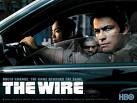

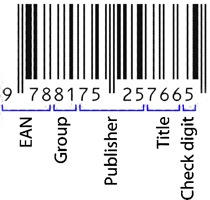
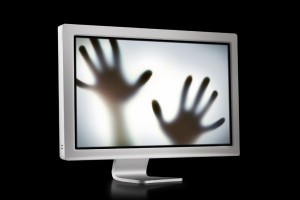
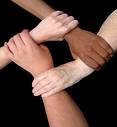
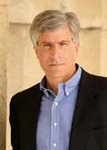 Over the past six years I’ve been asked countless times by the press, fans, and friends about The Da Vinci Code. It’s a natural question since my stories are constantly compared to it. Dan Brown even provided a wonderful blurb for my first novel, The Amber Room, (calling it “sexy, illuminating, and confident . . . my kind of thriller”). I still like reading that comment from time to time.
Over the past six years I’ve been asked countless times by the press, fans, and friends about The Da Vinci Code. It’s a natural question since my stories are constantly compared to it. Dan Brown even provided a wonderful blurb for my first novel, The Amber Room, (calling it “sexy, illuminating, and confident . . . my kind of thriller”). I still like reading that comment from time to time. 


